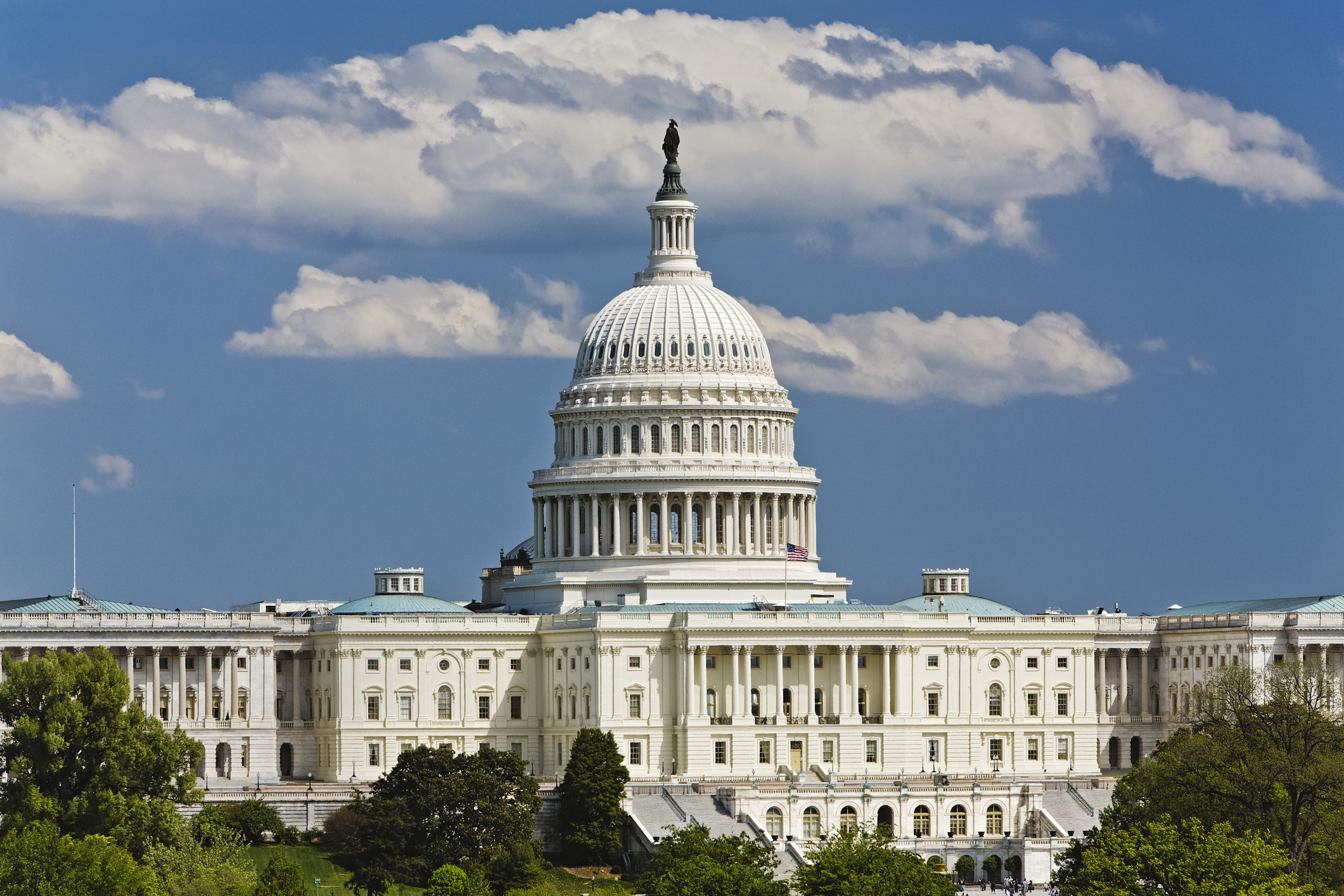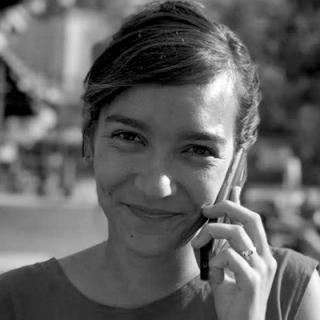
The Spanish heritage on Capitol Hill
The U.S. Capitol maintains a Spanish legacy through various works of art.
The great symbol of American democracy is Capitol Hill. But it is also a museum where several works of art narrate the history of the country. That history cannot be understood without 500 years of Spanish imprint, according to one of the latest reports by The Hispanic Council, an independent think tank that promotes relations between Spain and the U.S.
Bernardo de Gálvez, viceroy of New Spain, Junípero Serra, founder of nine Spanish missions in Alta California and Conquistador Hernán Cortes are present in the Capitol.
"It is one more example of the extensive historical and cultural link that unites Spain and the United States," says Daniel Ureña, president of The Hispanic Council.
George Washington chose the design for the building in 1793, and it opened in November 1800 for the first meeting of Congress. The building “clearly evokes the old
Greece and Rome, which inspired the founders of the United States,” highlights Juan Ignacio Güenechea, a researcher at the think tank.
Spanish legacy in the Rotunda
With between 3 and 5 million visitors a year coming from all over the world, many are unaware of the presence of the Spanish heritage. From murals and sculptures, to paintings and prints, some works go unnoticed. For example, there is a portrait of Bernardo de Gálvez that Congress exhibited in 2014. He was a fundamental figure in the Spanish South during the Revolutionary War.
RELATED CONTENT
The heart of the Capitol is known as the Rotunda and houses the funeral chapel of America's greats. The last to be honored there was Judge Ruth Bader Ginsburg. There are also eight great historical prints there and one is a tribute painting to Hernando de Soto, the first European to reach the Mississippi River. His bust was on the $10 bill in 1860 and the $500 bill in 1918. The painting was the last to arrive at the Rotunda.
Another immortalized in one of the eight paintings in the Rotunda is Christopher Columbus. It can be said, in the words of Güenechea, that 25% of the paintings located in the space refer to the Spanish legacy of the U.S. Columbus' expedition is represented with elements that he carries in the painting, such as the emblem of the Catholic Monarchs and the caravels that appear in the background: the Pinta, the Niña and the Santa María.
The Frieze of American History
The frieze, on the roof of the Rotunda, reflects 19 great events in American history. In it De Soto and Columbus appear again, in addition to Cortés and Francisco Pizarro. The Conquistador appears in his meeting with Moctezuma in 1519 and Pizarro in Peru. De Soto's body appears in the frieze submerged in the Mississippi River, where his funeral was held.
Spanish heritage is also present in the collection of the National Statuary Hall in the House of Representatives. Columbus is the protagonist, witness to the meetings where the policies and laws of the United States are discussed and debated.











LEAVE A COMMENT:
Join the discussion! Leave a comment.